Search
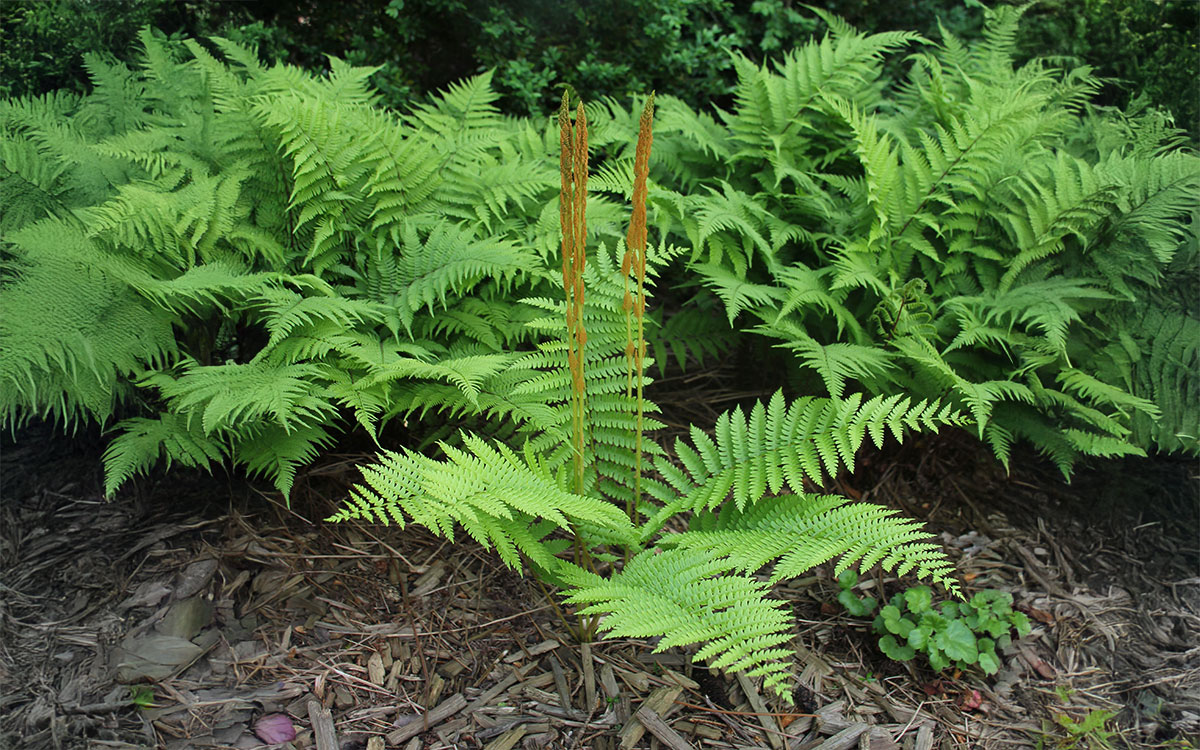
Ferns: A Classic Shade Garden Plant
When people think of a natural, shady area in the woods, they probably expect to see ferns growing there. Ferns are commonly found where they get at least some sun during part of the day, or where they receive dappled sunlight most of the day.
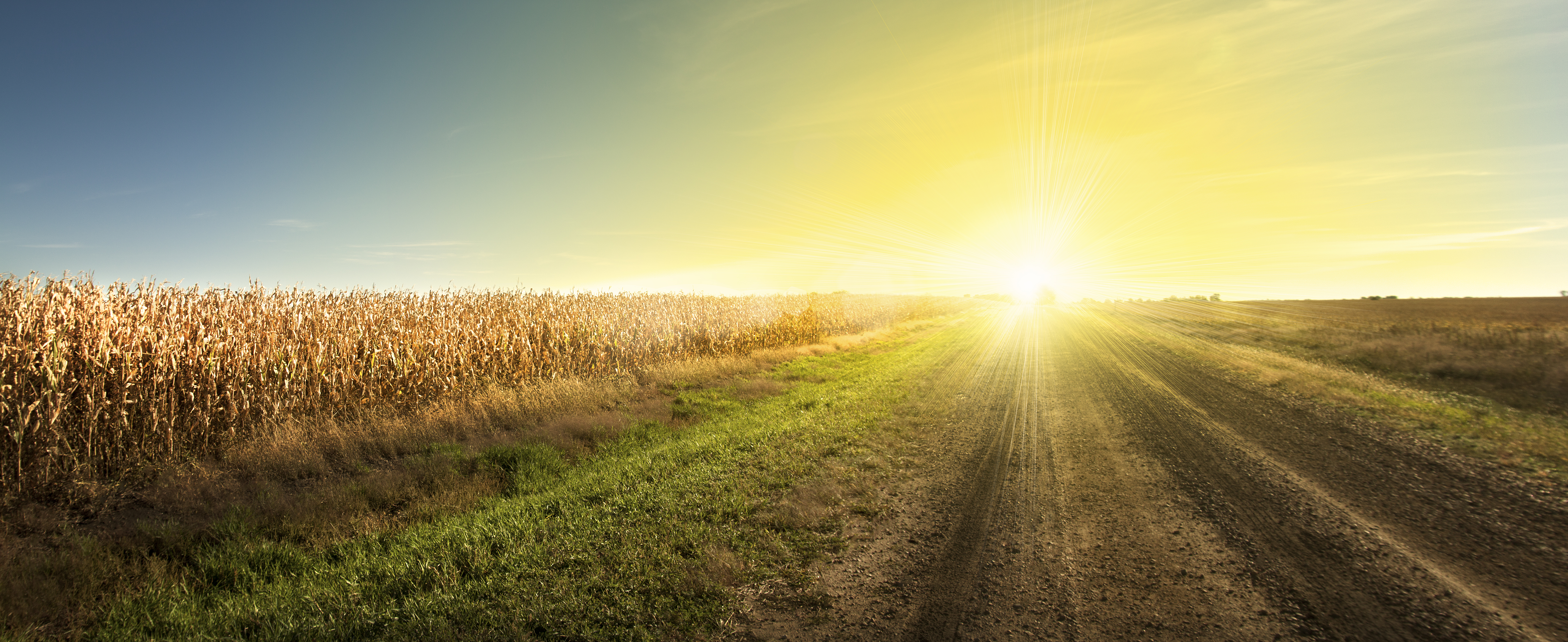
South Dakota Pest Management Guides
The South Dakota Pest Management guides are now available for free. The guides offer recommendations for controlling weeds, insects, and diseases in a variety of South Dakota crops.
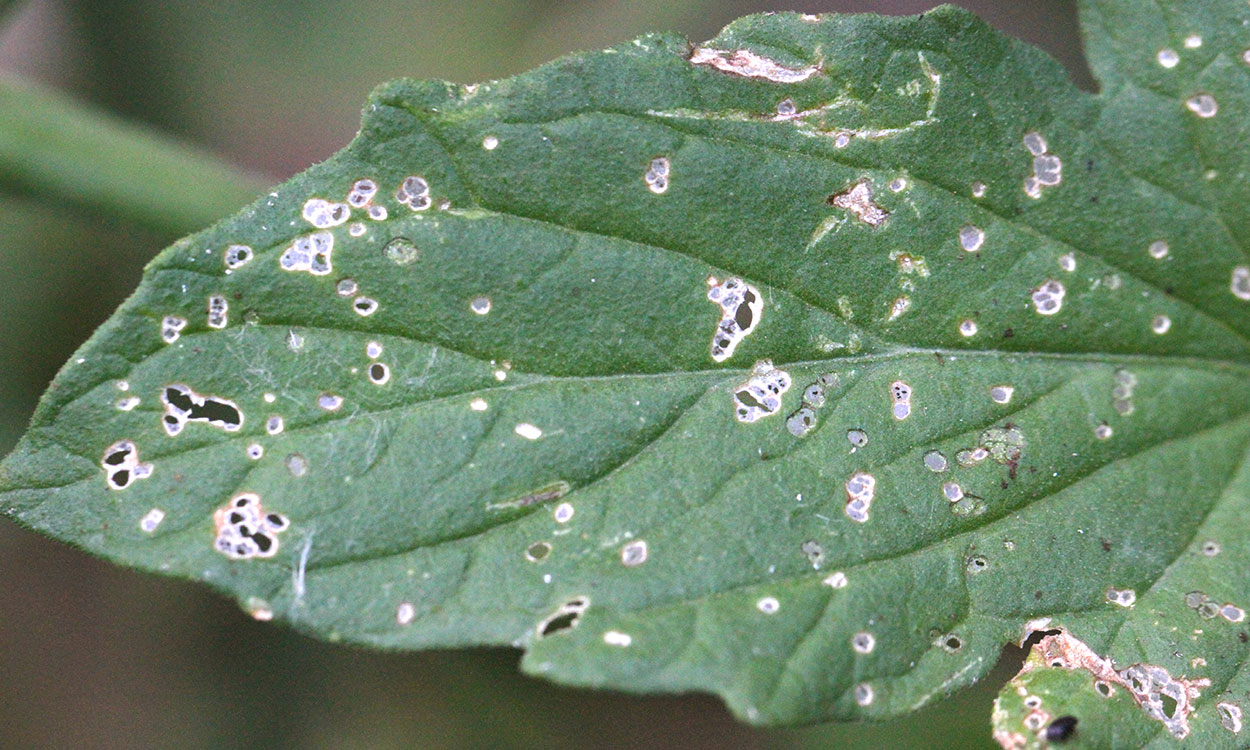
What’s Causing the Tiny Holes on My Tomato Leaves?
Flea beetles are once again causing issues for gardeners across South Dakota. These herbivorous beetles can be a pest of many different garden plants, including tomatoes, peppers, beans, squash and lettuce.
SDSU Extension to Host Final Pesticide Education Opportunity
March 31, 2021
As opportunities to obtain 2021 Private Applicator Certification in South Dakota wind down, SDSU Extension is offering a final online pesticide education course Thursday, April 8 from 6–9 p.m. CST.
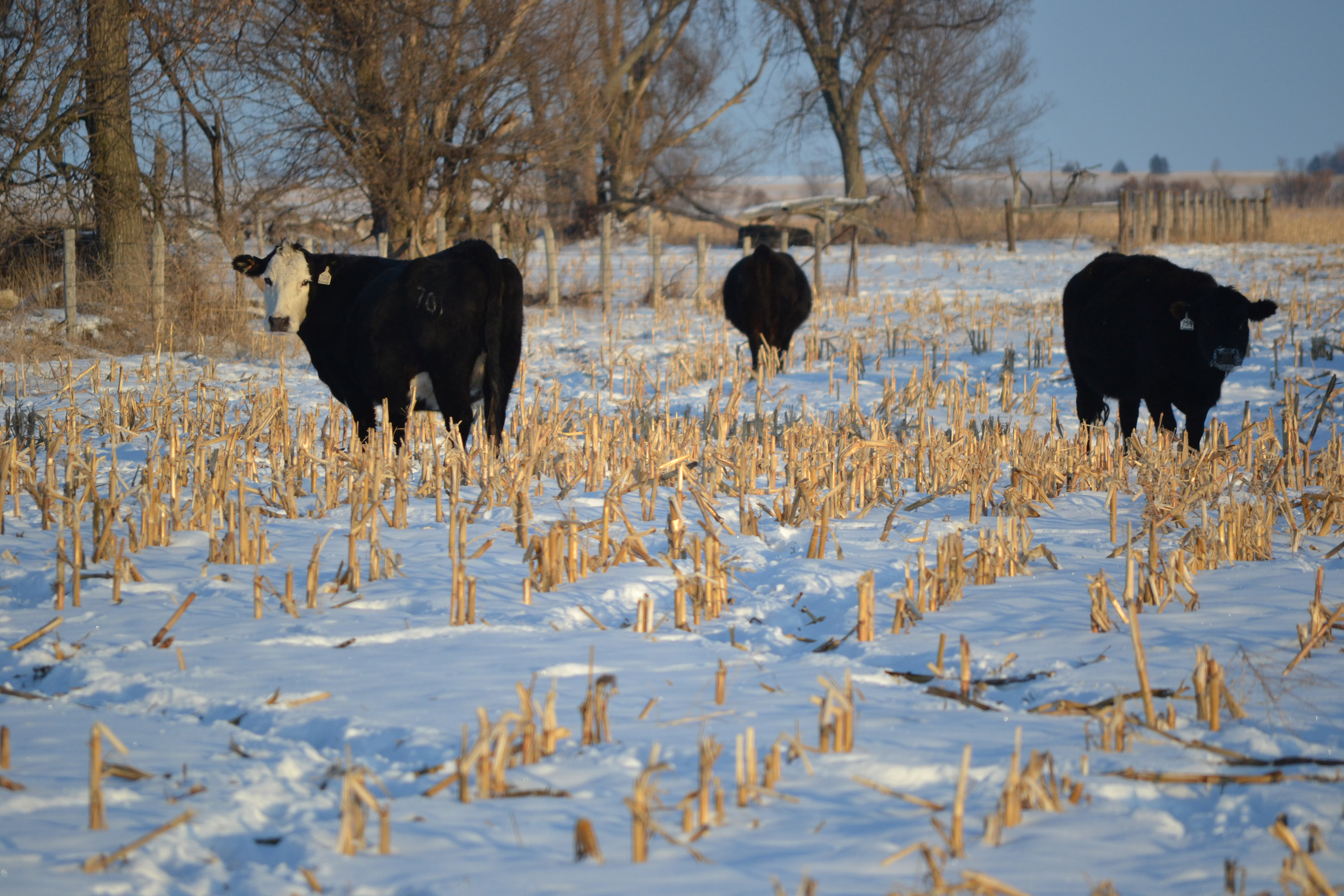
Grazing Residue: Having Your Cake and Eating It Too
Integrating crop and livestock enterprises represents an incredible competitive advantage for farmers and ranchers.

Late Soybean Planting: Management Considerations
While saturated soil conditions are prevalent in many areas of the state, extended weather outlooks suggest that producers may be able to return to the fields and resume soybean plantings in the near future. Should management practices change due to the late planting season?
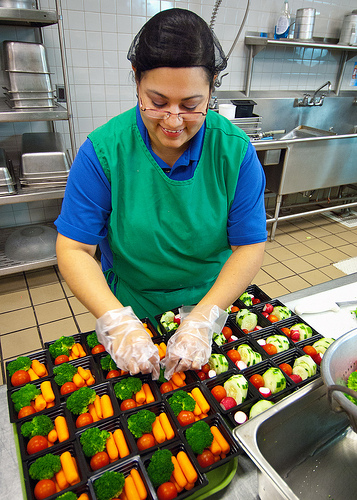
Disposable Gloves: Guidelines for Food Handlers
Improper handling of food and poor personal hygiene by food handlers are leading causes of foodborne illness. Disposable gloves do not take the place of good hygiene and proper hand-washing.
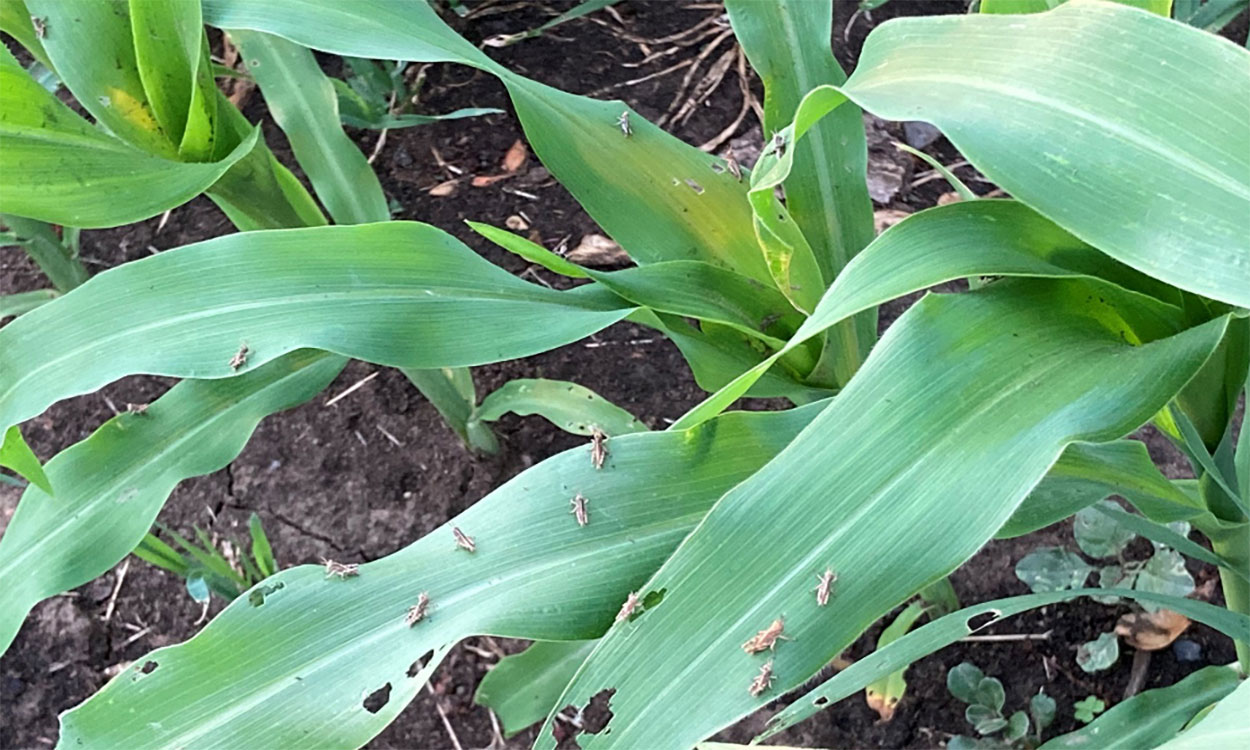
Large Grasshopper Populations Detected in South Dakota
Very large populations of grasshoppers have been detected in southeastern South Dakota. Although these grasshoppers aren’t causing serious defoliation in crops yet, there is the possibility that they will as the season progresses.
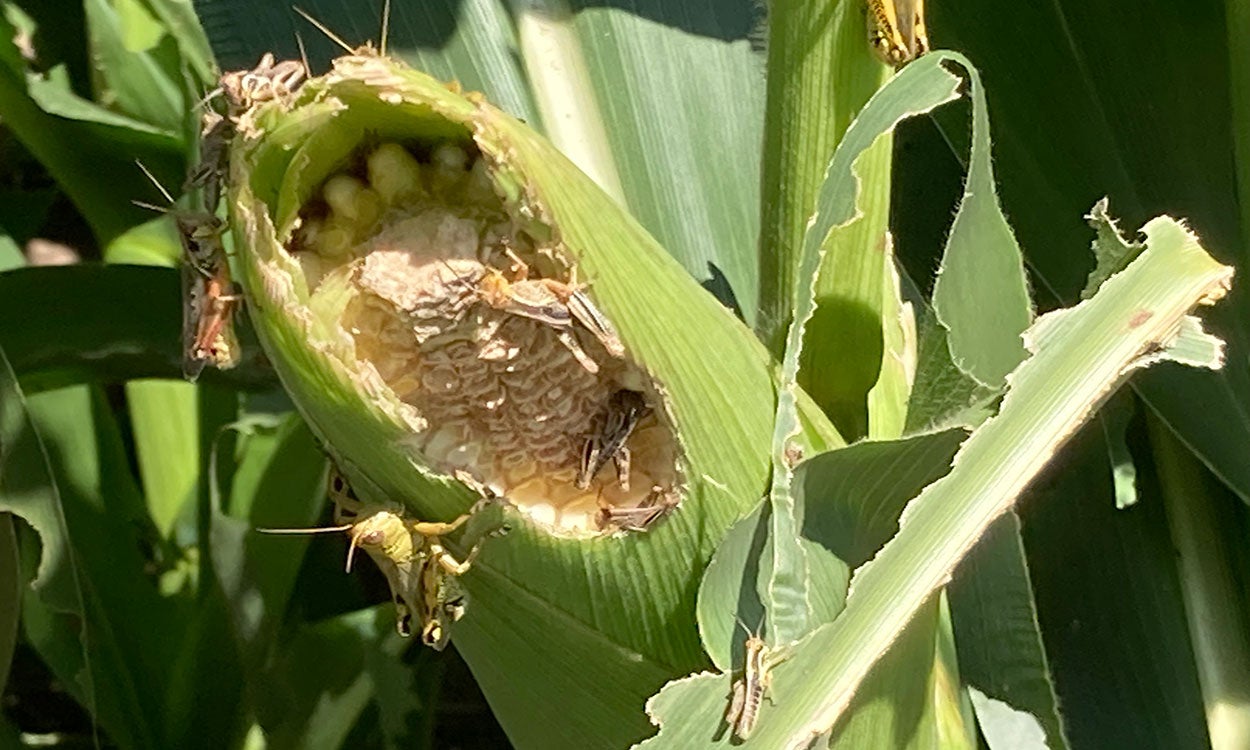
Don’t Let Grasshoppers Decrease Your Yields
Throughout the 2023 growing season, grasshopper populations have been causing problems. Those problems aren’t over yet, and we won’t be able to stop monitoring grasshopper activity until the crops are harvested.
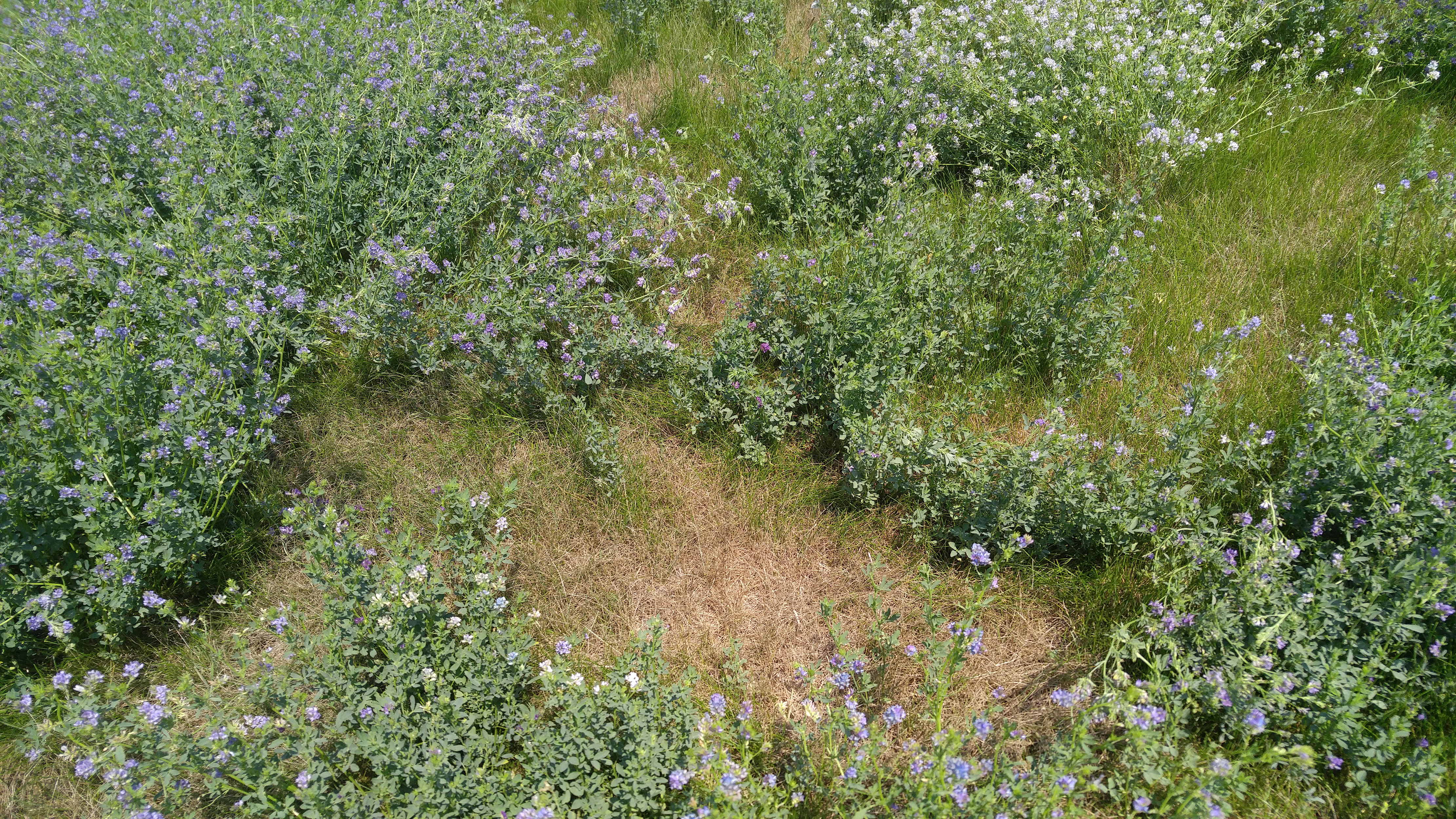
Scouting for Grasshoppers in Pasture and Alfalfa
For 2019, we have either received reports of very high grasshopper numbers or of very low or nearly absent populations. Most reports of high populations have originated from areas near rivers and other waterways. This suggests that the rich foliage along the banks of waterways has provided excellent habitat for grasshoppers and has boosted their populations in those areas.